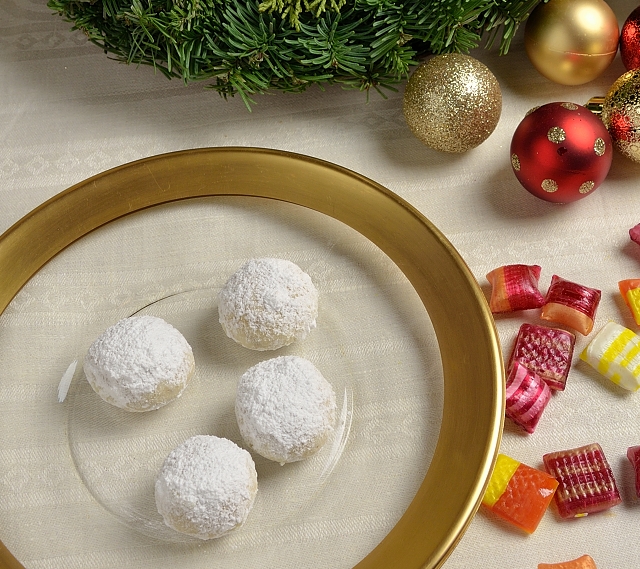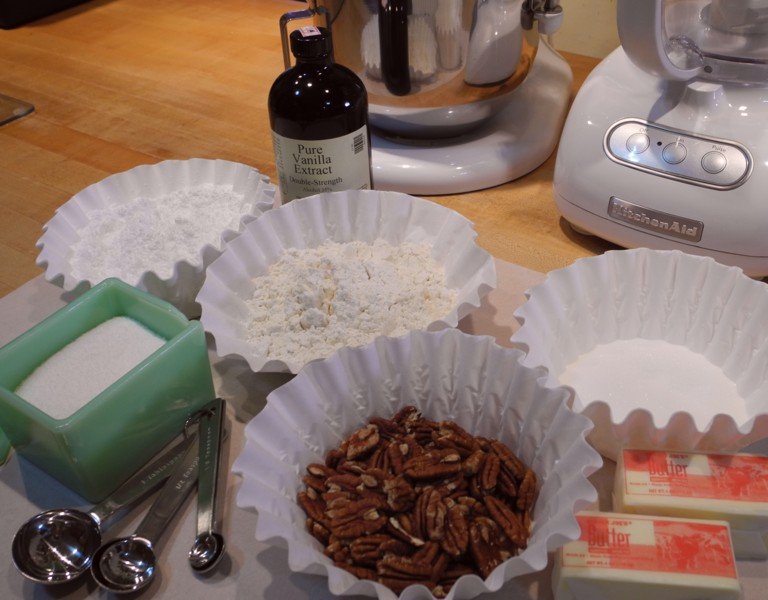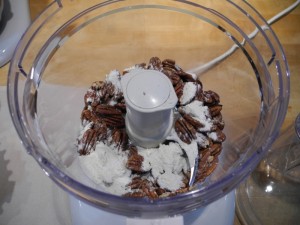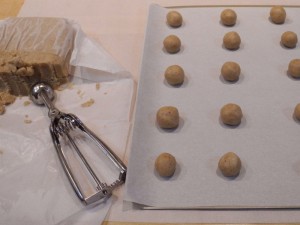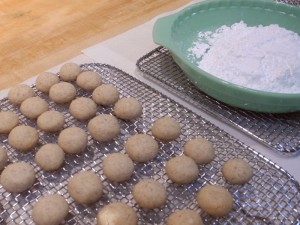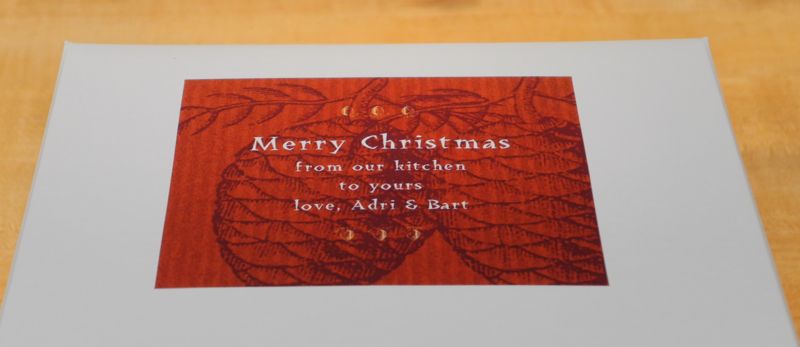Topic Index
The font size for a topic word is sized by the number of articles that reference that topic. The more articles the bigger the font.
Click on a word to search for posts with that topic. This page will reload with the search results.
Corzetti: The Intagliatore of Chiavari

This is Part 2 of a series – The Corzetti Files
For detailed information and photo essays on how to make corzetti, along with recipes, please delve further into The Corzetti Files:
Edible Art, The Corzetti Files – Part 1
The Intagliatore of Chiavari, The Corzetti Files – Part 2
Corzetti agli Spinaci con Gorgonzola, The Corzetti Files – Part 3
Where to Buy Corzetti Stamps, The Corzetti Files – Part 4
Corzetti Stampati – and a Giveaway! The Corzetti Files – Part 5
A Gold Coin
 The pasta we know as Corzetti started with a gold coin, the Genovino d’oro. Rome had fallen, and the curtain of The Dark Ages had descended over western Europe. Trade has fueled society for centuries, and it is trade that brought gold coins and light back to western Europe. The gold came across the Sahara from north Africa and Genoa’s harbor assured her of preeminent mercantile stature. King Conrad granted Genoa the right to mint her own gold coinage in 1252, and these pieces of almost pure gold summon up the history and wealth of The Most Serene Republic of Genoa.
The pasta we know as Corzetti started with a gold coin, the Genovino d’oro. Rome had fallen, and the curtain of The Dark Ages had descended over western Europe. Trade has fueled society for centuries, and it is trade that brought gold coins and light back to western Europe. The gold came across the Sahara from north Africa and Genoa’s harbor assured her of preeminent mercantile stature. King Conrad granted Genoa the right to mint her own gold coinage in 1252, and these pieces of almost pure gold summon up the history and wealth of The Most Serene Republic of Genoa.
 Coming in at about 3.5 grams, the earliest of these coins feature the city gate and to honor King Conrad and his participation in the Crusades, a Crusader cross on the reverse. The coins are covered with a beautiful relief. One of the most famous coins honors the first Doge of Genoa, Simone Boccanegra, and later coins honor subsequent families and Doges. Today one must visit a museum or be fortunate enough to know a collector to view these coins, but with Liguria’s gift to the world of the pasta known as corzetti stampati (kohr-TSEHT-tee stahm-PAH-tee), the legacy of these glorious coins is alive and well and available to us all.
Coming in at about 3.5 grams, the earliest of these coins feature the city gate and to honor King Conrad and his participation in the Crusades, a Crusader cross on the reverse. The coins are covered with a beautiful relief. One of the most famous coins honors the first Doge of Genoa, Simone Boccanegra, and later coins honor subsequent families and Doges. Today one must visit a museum or be fortunate enough to know a collector to view these coins, but with Liguria’s gift to the world of the pasta known as corzetti stampati (kohr-TSEHT-tee stahm-PAH-tee), the legacy of these glorious coins is alive and well and available to us all.
A Piece of Wood
I have an ongoing love affair with handmade pasta, and this one captivated me from the start. Imagine my delight when I discovered its history, how it was made, and that I could do it at home. All I needed was a corzetti stamp, the two piece tool that cuts and imprints the pasta. By the way, you may come across pasta in shops, in recipes or on menus called croxetti, crosetti or curzetti – these are all names for corzetti. Read the remainder of this entry »
Palle di Neve – Italian Christmas Cookies
Palle di Neve, Snowballs, Russian Teacakes, Mexican Wedding Cakes – call them what you will, these cookies are great. Palle di Neve is Italian for snowball – some say these cookies remind them of the snow topped Alps. Okay. I’ll buy that. These cookies have a lot going for them. They are buttery and tender and bursting with the flavor of nuts. Once I start I can not stop eating them. And what’s more – you can make them in your food processor.
A few points about the nuts – you can use any nuts you please. I have called for pecans, but walnuts, hazelnuts (a favorite in Italy), pistachios and even Brazil nuts are all great. Use what you have in your freezer (yes, store nuts in your freezer. They will remain fresh much longer that way.) For a greater depth of flavor, toast the nuts. Don’t be put off by the toasting step. It is quite simple. Place the nuts on a baking sheet (preferably with sides!) and toast on the middle rack of a preheated 325 degree oven. For this recipe you want to toast the nuts until they just become fragrant, about 6 to 8 minutes. Remove them from the oven and let them cool. Done. Easy step. Last thing – you need to know how to chop them in a food processor. As efficient as the food processor is, you can quickly go from finely chopped nuts to nut paste. Nut paste is a step too far for these babies. To guard against over processing (and this is true for any recipe) place some of the flour or sugar called for in the recipe in the bowl of the processor with the nuts. Then pulse the processor several times until the nuts are the desired consistency. For this recipe place 2 tablespoons of flour in the work bowl along with the nuts. You will never go wrong if you use this method.
This recipe is extremely versatile. As I mentioned, you can use just about any nut that strikes your fancy. About the spice factor – I have called for cinnamon, but you may omit it if you wish. These are great without any spices, but since it’s Christmastime, go for the tastes of the season. Try 1/4 teaspoon of nutmeg or 1/8 teaspoon ground cloves or allspice. And don’t forget cardamom, one of the most neglected spices of all; add ½ teaspoon for an old time flavor. If you are using walnuts, try adding ½ teaspoon of maple extract. For a wide array of fresh and fragrant spices try Penzeys Spices. You can shop online at Penzeys.com, and they have brick and mortar stores throughout the United States.
These cookies are a Christmas favorite. As good as these cookies are the day they are baked, they are even better the next day, once the flavors have had time to marry and mellow. They store well in an airtight container and are a most welcome addition to any holiday cookie exchange, cookie plate or gift box. Buon natale!
Palle di Neve
makes about 80 cookies
1 rounded cup pecans, about 5 ounces
2 cups plus 2 tablespoons all-purpose flour
1/4 cup plus 3 tablespoons granulated sugar
1/4 teaspoon cinnamon
generous pinch kosher salt
1 cup unsalted butter, softened
1 teaspoon vanilla extract
2 cups powdered sugar, to coat cookies
Preheat oven to 325 degrees. Spread pecans on a rimmed baking sheet. Toast on center rack until fragrant, about 6 to 8 minutes. Cool.
Place cooled pecans and 2 tablespoons flour in workbowl of food processor fitted with steel blade. Pulse several times until nuts are finely chopped. Add sugar and salt. Pulse to blend. Add cinnamon. Pulse to blend. Cut butter in chunks, and add to processor. Pulse until mixture is creamy. Scrape sides down. Add vanilla and pulse to blend. Add flour. Pulse several times until mixture begins to clump. Remove mixture from processor, and place on parchment or plastic wrap. Form into a block. Wrap and refrigerate 30 minutes or up to 1 hour. Well wrapped, dough may be frozen for up to one month for later use.
Increase oven temperature to 350 degrees. Line cookie sheets with parchment. Form dough into ½- inch balls. Place balls 1½ inches apart. Bake on center rack until firm and slightly browned on bottom, 10-12 minutes. Cool cookies. Roll in powdered sugar.
Note: You can click on any picture to see a slide show!
